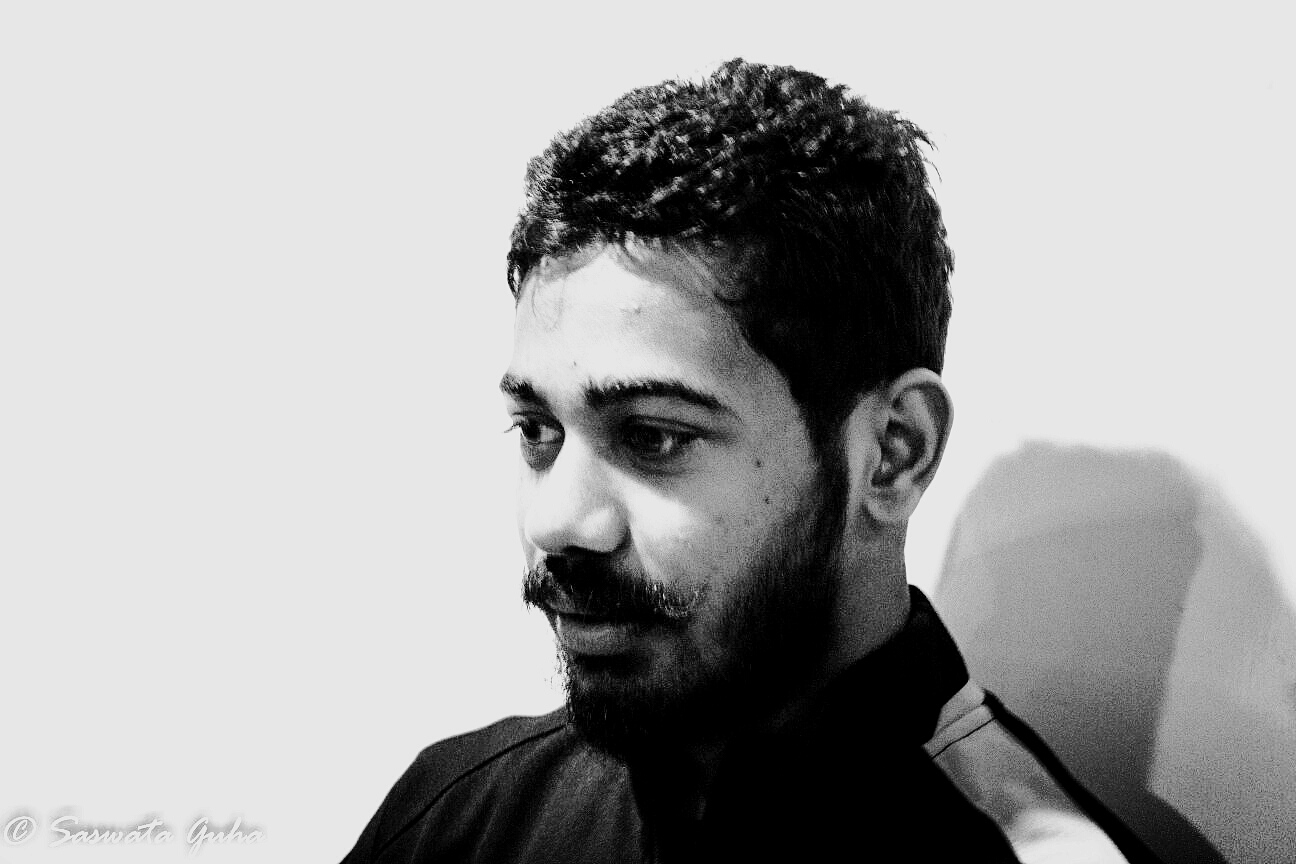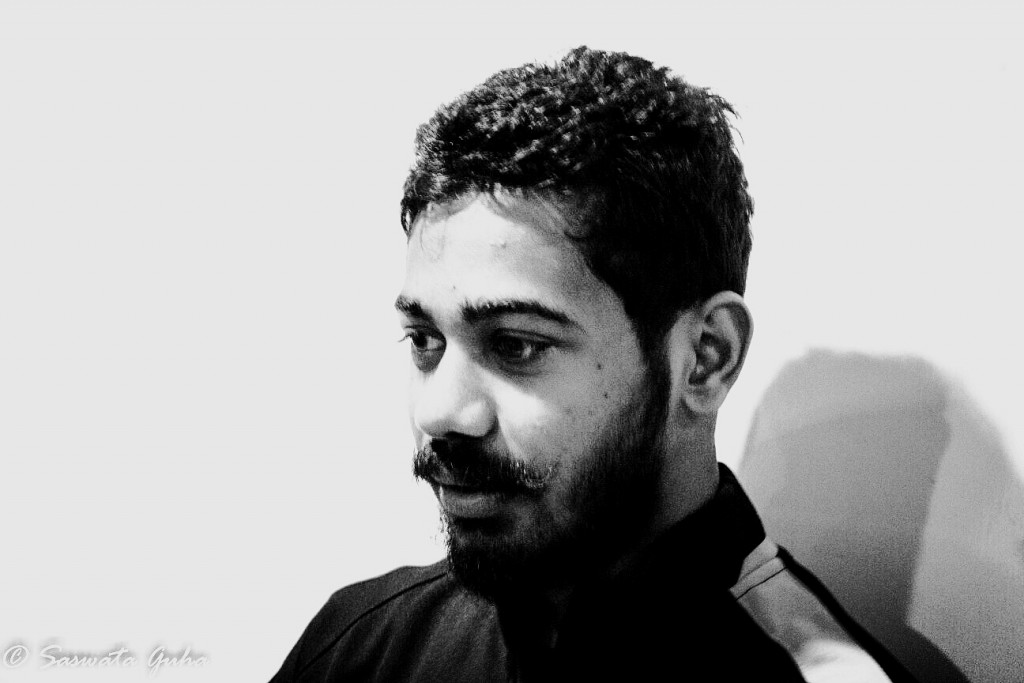In this blogpost, Pramit Bhattacharya, Student, Damodaram Sanjivayya National Law University, writes about the basics of Money Laundering. The post highlights the concept of Money Laundering and what are the stages followed to turn illegitimate money into legitimate money. The post also touches upon the PML Act in a concise manner.
Money Laundering is the process in which money made through criminal means is turned into supposedly legitimate money or as we say in common terms “white money.” So, in simple words, money laundering is transforming black money into white money through various means. In recent times, money laundering is being associated with financial crimes especially with the misuse of the financial system. Money obtained from crimes like extortion, tax evasion, insider trading, gambling, etc. is dirty money. The person who makes money from such activities needs to “clean” this money so that banks or any other institution accept that money without any misgivings.[1]
Some legal systems define money laundering as a mystifying source of money. It does not matter whether the money was made intentionally or by just using the loopholes in the financial system that couldn’t identify the source of the income. Other legal systems define money laundering to include money from such activities which would have been an offense in that particular legal system, even if the money was legally made in some other legal system.[2]
Many authorities try to give approximate estimates every year about the amount of laundered money within the economy worldwide. International Monetary Fund, in the year 1996 estimated that about two to five percent of the money in the global economy is laundered. The Financial Action Task Force[3] on Money Laundering stated that practically it is impossible to estimate the amount of laundered money in an economy, and hence FATF does not provide any figures in this respect.[4]
When any illegal activity is generating a lot of profit, the person or the group engaged in such activities need to control the profits, without drawing suspicion to themselves. Criminal do this by changing the form of the money, disguising the source of the money or transferring the money to a place where it is not likely to draw much attention.
The three stage process of money laundering[5]
The whole process of money laundering can be segmented into three levels [note that money laundering as a whole is a single process]. These stages are-
- Placement Stage
- Layering Stage
- Integration Stage
1. Placement Stage
In the Placement stage, the cash or the funds are moved from its source. There are ways through which the original source of the funds can be disguised and camouflaged. This can be done by placing the money into circulation through shops, casinos, etc. The Placement stage can be achieved through various means such as-
- Bank Complicity– This situation arises when financial institutions or banks are owned by individuals who themselves are crooked and scheming. They may chalk out deals with drug dealers, human traffickers and other criminal syndicates, which makes the process of laundering very easy. The liberalization provided by the financial institution let them launder the money without much difficulty.
- Currency smuggling– Currency Smuggling means physically moving any financial instruments or currency out of the country through illegal means. Physical smuggling does not leave a trail to be followed to track the money.
- Asset Purchase– one of the oldest and classic money laundering method is to purchase some asset with the laundered money and change the form of the proceeds.[6]
- Currency Exchanges– in many economies exchange of currency is not stringent and can be done easily which provides room for movement of the money.
- The Blending of Funds– The best place to hide something is to keep it with similar things. This way financial institution may act as a medium of money laundering (not always intentionally) where funds are blended with one another, and it becomes difficult to distinguish between the sources of money.
2. Layering Stage
In this stage, the launderers try to remove the trail of their illegal money so that it becomes more difficult for the law enforcers to track down the source of money. The layering stage includes methods[7] such as-
- Hard Cash Converted into Monetary Instruments– Once the funds are placed in the financial system, the funds are used to buy some monetary instruments like bonds and securities.
- Material Assets bough with laundered money and sold subsequently– Assets are bought with the illegal funds and then they are sold within the local market which makes it difficult to track the source of money.
The Layering stage comes after the Placement stage. This stage is the most complex as it involves separating the illegal money from its source. This is a very sophisticated process as it involves destroying of any previous links of the funds with the original crime.[8]
3. The Integration Stage
In this stage, the money previously laundered is moved into the economy. This is dissimilar to layering, for in the integration process detection and identification of laundered funds are provided through informants. The methods used in this stage are-
- False Export/ Import Invoice– this method has proved to be very efficacious in integrating illicit funds into the economy. In this methods, import/export values are over marked in the books and then justify the funds.
- False Loans and Front Companies– In countries where corporate secrecy laws apply, the criminal groups or individuals open up their companies and use the laundered money to fund such companies, thus turning the funds into a legal form.
- Property Dealings– One of the common practices to launder money is the sale of property to integrate the laundered money back. Many launderers open up shell companies and buy property through the laundered money and later selling them. The sale proceeds are then shown as a legitimate source of income.
- Foreign Bank Complicity– Many launderers take the help of foreign banks to turn their black money into white money. The willing assistance of the foreign banks is protected against sanctioning.[9]
Types of money laundering processes–[10]
- Structuring – This process is also known as smurfing. In this method, the laundered money is broken up into small quantities and then turned into deposits so as to avoid suspicion of laundering. These small sums of money are also used to buy financial instruments such as bearer bonds and money orders, etc.
- Cash Intensive Business- In this methods, a business which receives a lot of cash for its transactions deposit the cash in a particular account and then deposit the laundered money in the same account, thus infusing the legitimate and the illegitimate money. Later all of it is claimed as legitimate money.
- Trade Based Laundering – In this method, transactions are overvalued or undervalued in the books to disguise the original source of money.
- Round Tripping- in this method, money is often deposited in offshore accounts where minimum records are maintained, and then shipped backed as FDI.
- Bank Capture- In this method, a controlling interest in a bank or a financial institution is bought by the launderers who then move the money through the banks without much inspections.
- Tax Amnesties- Those that legalize unreported assets in tax havens and cash.[11]
Anti-Money Laundering Law in India
In India, the Prevention of Money Laundering Act, 2002, regulates money laundering. The PMLA was enacted in the year 2003 and came into force along with accompanying Rules in July 2005. Section 3 of the PMLA states that whosoever directly or discursively who attempts, or assists, or is a party to turn criminally obtained money into untainted source will be guilty of the offense of money laundering. The Act also states the duty upon the financial institutions and banks to verify and maintain records of all its clients and also of all transactions. They might be asked to furnish such information to the Financial Intelligence Unit- India (FIU- IND) and the banks and financial companies will be bound to furnish such information. The Director of FIU- IND can also penalize banks and financial institutions if they fail to comply with the provision of the PML Act.[12]
PMLA also authorizes listed officers to carry out an investigation in cases of money laundering. They are also empowered to attach the property which has been obtained through laundered money.
PMLA envisages designation of one or more courts of sessions as Special Court or Special Courts to try the offenses punishable under PMLA and offenses with which the accused may, under the Code of Criminal Procedure 1973, be charged at the same trial. PMLA also empowers the Central Government to team up with Government of any other country to prevent any offense under PMLA or the equivalent law of the other country.[13]
Development of PML Act
The Act was amended in 2012, and the PML (Amended) Act, 2012 was introduced. With the amendment, the definition of money laundering was broadened. Now the definition brings under its purview possession, acquisition, concealment of laundered money as a criminal offense. Earlier, money-laundering crimes with the exception of serious ones like terrorism were taken up only when the money involved was Rs. 30 lakh or above. With the amendment, the threshold was removed. Now, all money laundering offenses, whether big or small, will be taken up for investigation.
The PMLA was earlier amended in the year 2005 and 2009 also. The 2012 amendment received assent in January 2013 and came into effect from February 2013. The government stated that it was necessary to amend the Act, as in the year 2010, India became a part of the Financial Action Task Force, and FATF only suggested some changes to be made in the law.
Concluding remarks
Money laundering is a threat to the economy, as well as the financial system of a country. A great deal can still be done to fight the problem of money laundering, and many economies have already set up stringent anti-money laundering laws. It is very evident that money launders are very imaginative and creative. They keep coming up with new ways to turn illegitimate money into legitimate money. Therefore, the structure should be flexible enough to detect and stop new schemes.
[1] What is Money Laundering?, Duhaime, Christine available athttp://www.antimoneylaunderinglaw.com/
[2] The Anti-Money Laundering & Counter Terrorism Financing Act 2006 (Australia), the Anti-Money Laundering and Countering Financing of Terrorism Act 2009 (New Zealand), and the Anti-Money Laundering and Counter-Terrorist Financing (Financial Institutions) Ordinance (Cap 615) available at https://www.comlaw.gov.au/Details/C2006A00169/
[3] An intergovernmental body set up in 1989 to tackle money laundering across the globe.
[4] About the FATF, Money Laundering FAQ, available at http://www.fatf-gafi.org/pages/faq/moneylaundering/
[5] About Business Crime Solutions Inc., Money laundering: A Three Stage Process available at https://www.moneylaundering.ca/public/law/3_stages_ML.php/
[6] Money Laundering in the EU, Methods and Stages of Money Laundering available at http://people.exeter.ac.uk/watupman/undergrad/ron/methods%20and%20stages.htm/
[7] Supra 5
[8] What is Money Laundering, International Compliance Association available athttp://www.int-comp.org/what-is-money-laundering/
[9] Supra 6
[10] http://www.lawctopus.com/academike/money-laundering/#_edn10
[11] Tax amnesties turn HMRC into ‘biggest money-laundering operation in history, Ian Cowie available at http://blogs.telegraph.co.uk/finance/
[12] Overview(Prevention of Money Laundering), Department Of Revenue, Ministry Of Finance available at http://dor.gov.in/overview_pml/
[13] Prevention of Money-Laundering Act, 2002, Press Information Bureau, Govt. of India available at http://pib.nic.in/newsite/erelease.aspx?relid=9941/
 Serato DJ Crack 2025Serato DJ PRO Crack
Serato DJ Crack 2025Serato DJ PRO Crack











 Allow notifications
Allow notifications



